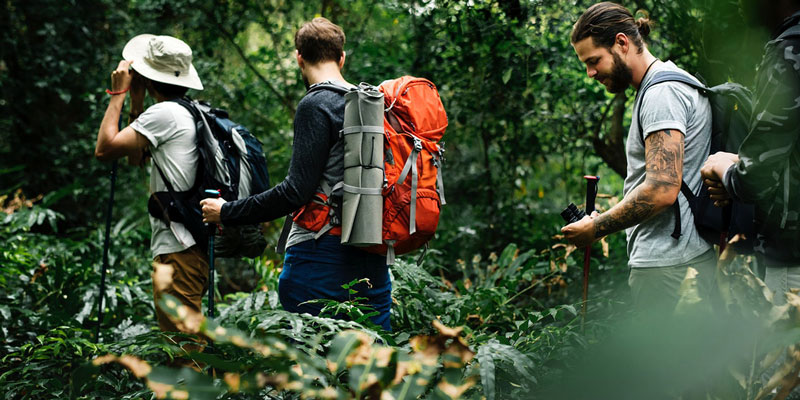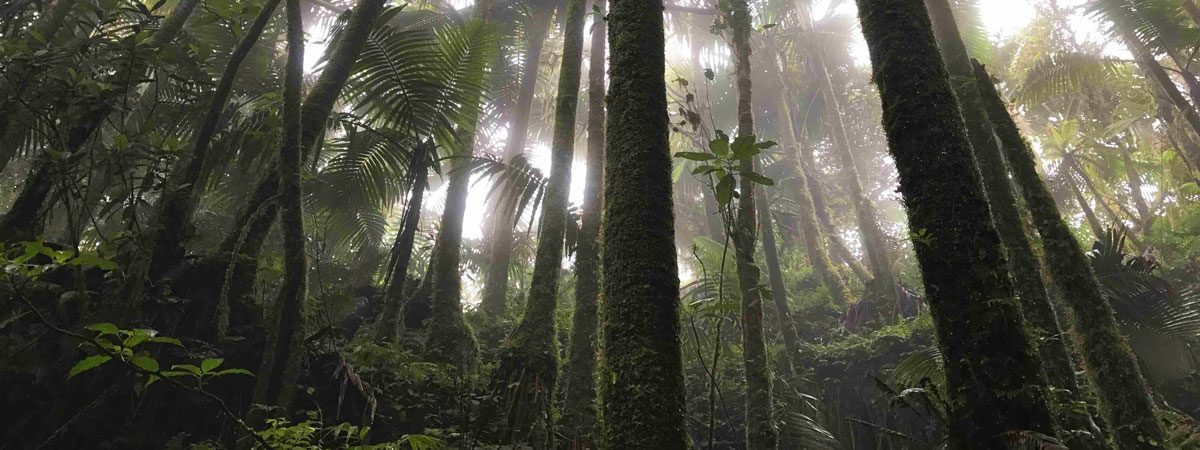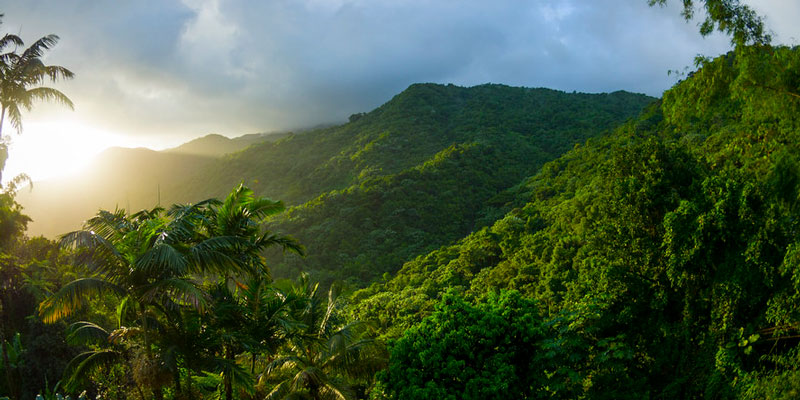Are you in search of a unique outdoor journey in U.S. territories? If so, El Yunque National Park may just provide what you’re looking for. In El Yunque National Forest, camping is a once-in-a-lifetime experience that leaves none unimpressed.
El Yunque rainforest, situated in Northeastern Puerto Rico, is the United States’ only tropical rainforest park. Its seclusion from civilization makes it a true natural haven. It’s home to a vast array of diverse lifeforms. Some of its flora and fauna (around 240 species, to be more accurate) is wholly unique to this region, such as its renowned coquí frog.
In fact, El Yunque is one of the most biologically diverse national forests in the U.S., despite its humble size of under 29,000 acres. Beyond the wildlife, though, there are waterfalls, natural pools, and a myriad of trails. Suffice to say that you won’t be left wanting in regards to things to see.
Camping
Adventurers seeking a spot to camp in El Yunque will discover that it has no official camping grounds. Rather, the area contains several zones where the government allows campers to pitch their tents. On that note, camping in these locations requires obtaining a permit two weeks before you set out on your trip. Getting this permit is free, though.
Camping Tips for El Yunque National Forest
The weather and natural conditions in El Yunque aren’t exactly the most hospitable. That’s why every camper should come prepared to face the situations one may encounter there. Here are some pointers and vital information you should be aware of, both during and before your stay.

- The weather here reflects what you would expect from a tropical rainforest. That means you should expect thick vegetation, steep topography, and a whole lot of rain. This region sees as much as 200 inches of rain a year. As a result, things can get pretty muddy, so prepare for that accordingly (boots and raincoats are a must). You should inform yourself about the weather during your time here, just to know what’s on the horizon. You should also know that hurricane season takes place between June 1 and November 30.
- Your camping session can last up to 14 days, and the maximum group size is eight people. Furthermore, open campfires are strictly forbidden due to the danger of starting a forest fire. Make use of grills, stoves, and fire rings instead. That way, you’ll be far less likely to cause trouble.
- There’s little to no cellphone reception in El Yunque’s outback.
- You cannot set up camp closer than 30 feet from streams and trails. Moreover, your campsite must be at least 50 feet away from roads or developed picnic grounds. When looking for a spot to pitch, first ensure that you’re distant enough from these places.
- Take care when interacting with the wildlife and waters, both for legal and safety reasons. For one, it’s forbidden for you to chop any lumber while there, and you can’t cut any branches or pieces of vegetation you find. As a precaution measure, avoid washing in ponds or streams and don’t make excessive noise as not to frighten nearby animals.
- Beautiful though it may be, El Yunque is home to quite a few hazards. To stay safe, watch out for the following:
- Flash floods are a real danger, so keep a watchful eye on nearby streams and rivers.
- Mongooses certainly are adorable, but steer clear of them! They’re well-known for carrying rabies.
- Inquire about the several poisonous shrubs, trees, and plants.
- Keep yourself abreast of the weather (during hurricane season in particular), as it can change drastically and with little warning.
- Refrain from camping alone.
Other Important Tips
- Always prepare yourself beforehand! It’s better to prepare in vain than be caught unawares when it counts.
- Properly dispose of every piece of trash you have at bins outside the forest. As far as human waste goes, don’t leave it in water, but put it in catholes.
- Set up camp on durable surfaces to avoid injury.
- Keep the campfires to a minimum and stringently follow safety regulations.
- Whatever you find in the forest during your stay should stay where you found it.



